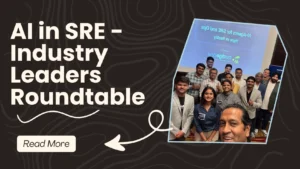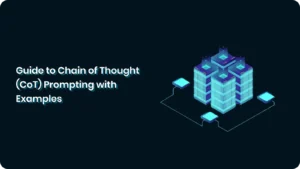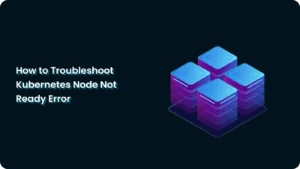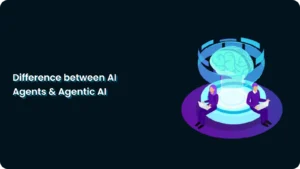Implementation Playbook for AI-Enhanced SRE Troubleshooting

Moving from manual to AI-powered troubleshooting can feel like a big leap for Site Reliability Engineering (SRE) teams. But with a phased approach, the transition can deliver measurable MTTR reductions in weeks, not months.
This playbook walks you through the exact steps leading organizations have taken to integrate intelligent root cause analysis (RCA) and automated remediation into their workflows. Whether you’re starting with a pilot or planning a full rollout, these stages will help you minimize disruption, maximize ROI, and get your team comfortable with the new way of working.
This playbook is part of our broader SRE Troubleshooting Guide 2025, which explores the full landscape of modern troubleshooting.
Phase 1: Assessment & Foundation (Weeks 1–2)
1. Benchmark Current Performance
- Document MTTR and MTTD by incident category
- Identify high-frequency alert sources and false-positive rates
- Map escalation patterns and dependencies
2. Validate Observability Readiness
- Centralized, structured logging
- Comprehensive metrics across system components
- Distributed tracing for microservices
- Deployment/change tracking
Phase 2: Pilot Implementation (Weeks 3–4)
1. Select Your Scope
- Start with 2–3 critical services with frequent, well-documented incidents
- Focus on incident types with clear resolution patterns
2. Integrate & Train
- Connect AI RCA to observability tools (Prometheus, Datadog, OpenTelemetry)
- Validate data quality and completeness
- Train models on historical incidents and resolution data
3. Define Success Metrics
- Target MTTR and MTTD improvements
- Track false positive reduction and auto-resolution rates
Many teams start by rolling out automated root cause analysis in their pilot phase, since it delivers quick MTTR wins. Learn how AI-Powered Root Cause Analysis works →
Phase 3: Expansion & Optimization (Weeks 5–8)
1. Gradual Rollout
- Expand to additional services in priority order
- Adjust alert thresholds based on early feedback
2. Build Playbooks
- Create AI-assisted runbooks for recurring incident types
- Include decision points, automated steps, and rollback triggers
3. Refine Through Feedback Loops
- Review false positives and missed detections weekly
- Feed outcomes back into AI models for continuous improvement
Phase 4: Full Integration (Ongoing)
Embed AI in Daily Operations
- Make AI RCA part of the standard incident workflow
- Use AI-generated summaries for post-incident reviews
- Automate ticket creation and status updates in incident management platforms
Monitor & Evolve
- Monthly performance trend reviews
- Update automation to reflect evolving architecture
- Experiment with predictive analytics for proactive prevention
Checklist for a Smooth Rollout
- Baseline metrics in place
- Observability data centralized & clean
- Pilot services identified
- Integration points mapped
- Playbooks created for top 5 incident types
- Feedback loop established
Conclusion
Successful AI troubleshooting adoption isn’t about replacing your SREs — it’s about giving them faster, smarter tools. By following this phased playbook, teams can see results in as little as one month and continue improving over time.
Once your troubleshooting workflows are set up, you’ll want to measure their impact. Our article on Reducing MTTR with SRE Workflows explains how to track improvements effectively.





